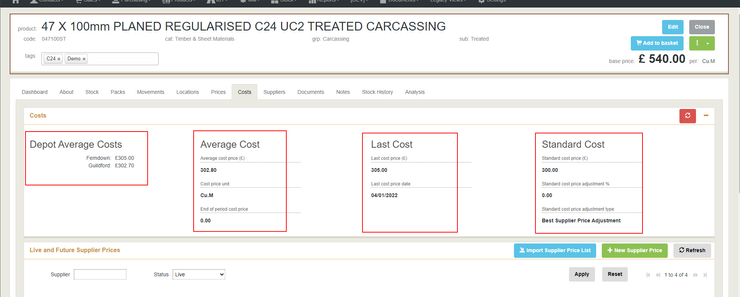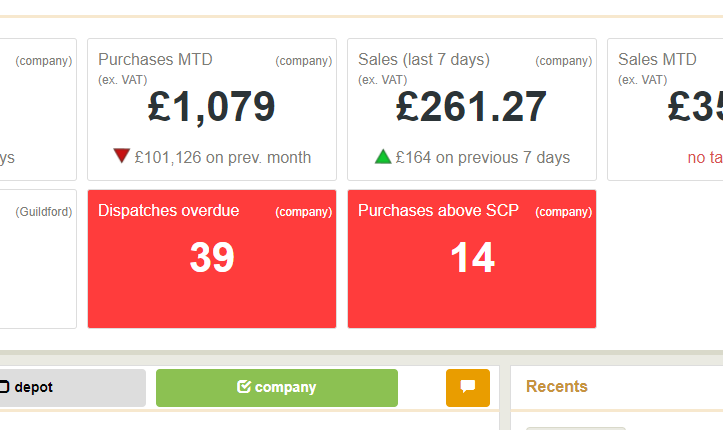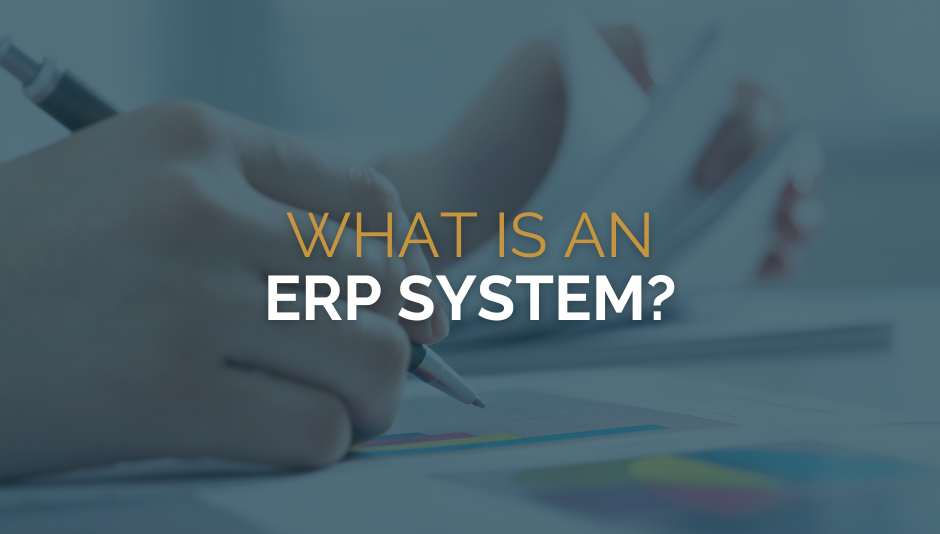Pricing features to keep merchants in control in a shifting market
- Alison Folwell
- Aug 1, 2024
- 3 min read
Updated: Dec 13, 2024
Recent figures published by the National Buying Group show commercial confidence from merchants, with many working on active expansion plans for 2022 and beyond. However, the market remains volatile and is rapidly shifting, and it can be hard to keep on top of the basics of purchasing, sales and stock management when the picture is constantly changing.
Tools which help merchants track the changes around them and accurately measure and monitor their own performance, productivity and profitability will be incredibly helpful, and thanks to the intelligence and agility of modern software, your ERP system can offer a wealth of features to help merchants do exactly that.
Tracking market price changes
The rapidly fluctuating price of materials has been headline news over the last year. Being able to track and analyse the impact of cost price changes easily and fast represents a huge advantage for merchants.
Within a product on Merchanter, there are three main cost prices that are recorded, which can be used for different purposes:

Average Cost Price (ACP)
This is a weighted average of the cost of the stock that has been brought into the depot. This is often the most accurate position of the cost of the product, relative to the stock that has been brought in or made. It is maintained automatically by purchasing, adjusting and milling in stock.
When viewing a product record under the costs tab (see screenshot) in additional to the product average cost prices you can also see listed the average cost prices at all depots (quays) in the lefthand column.
Last Cost Price (LCP)
As the name would suggest, this is the last price that this product was ordered at. In the settings of the system, you can select whether the Average and Last cost prices are updated at the point of receipt or completion of a purchase.
Standard Cost Price (SCP)

This relatively new KPI feature is a management cost price, and you have control over how it can best work for each product. The Standard Cost Price can be either manually maintained, set by a senior user, or be an automatic calculation, based on another figure of your choosing.
Below are the different calculation types:
Average Cost Price Adjustment - setting a percentage difference from the ACP
Last Cost Price Adjustment - setting a percentage difference from the LCP
Base Price Adjustment - setting a percentage markdown from the base selling price
Best Supplier Price Adjustment - setting a percentage difference from the lowest live supplier price
Highest Cost Price Adjustment - setting a percentage difference from the highest cost out of the ACP, LCP and any live supplier prices
The Stock valuation for each depot (and location) is calculated by the ACP, LCP and SCP, though the ACP valuation is often the one to use in the financials.
When making sales the operator can be shown the cost and margin against any of the ACP, LCP or SCP, but the margin figures for the company will always be against the ACP cost.
So why is it so useful?
The Standard Cost Price is a useful KPI because it essentially enables you to see a warning level of cost fluctuations, while giving you the prompt to manage the conditions to best suit your business. It ensures you don’t undervalue products as they’re sold and gives you an instant sense check of how relevant and useful the ACP and LCP really are.
This is just one of many tools within Merchanter than make it easier for merchants to make smarter decisions based on accurate, timely, meaningful data.
These are just a few of the KPIs built into our digital ERP system Merchanter - at last count there were over 120 and the number is constantly increasing as we add new features and capabilities. Our aim is to help merchants have more control over their businesses and to be able to make smarter decisions faster every day.
If you are curious about the ease of use, power and flexibility that Merchanter can offer your merchant business, why not try it out for yourself? We offer 30 days of free access to our online demo system – no obligation, no hard sell.
*You can read the full NBG article on the Builders Merchants News website



